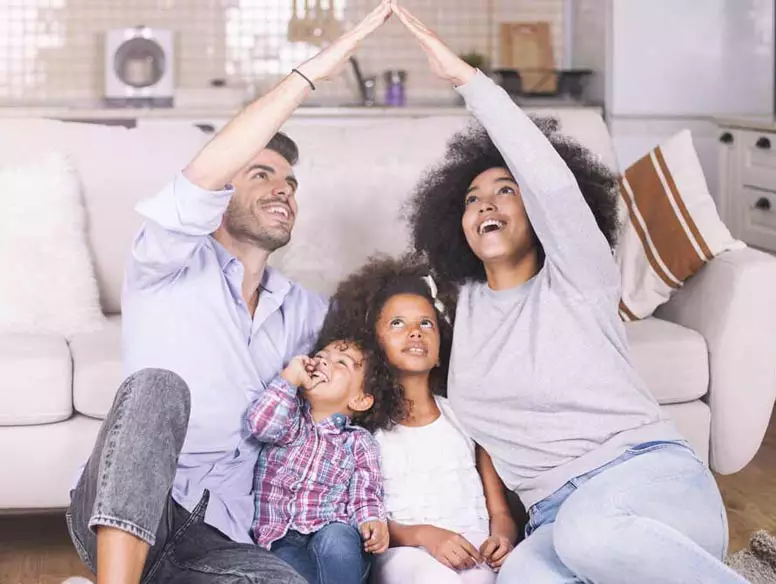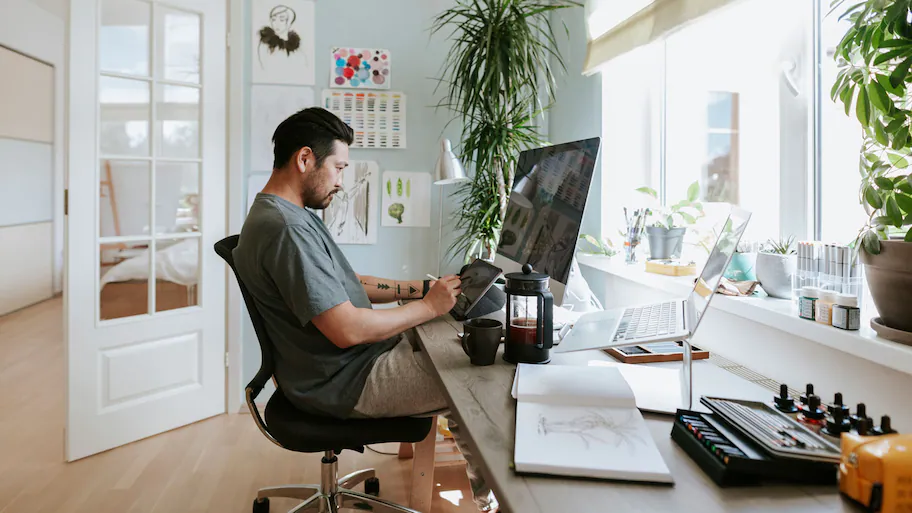Are you and your partner having difficulty creating an aesthetic that speaks to both of you? Implementing principles of interior design psychology may help.
Reducing clutter, adding natural elements, and including curved lines into rooms are proven ways to increase focus, intimacy, and productivity. But exactly how does it work? Here are a few tips.
Color
Color has the ability to dramatically alter a room’s mood, which is why interior designers use color theory when creating spaces to achieve specific emotional outcomes. Soft blues and greens promote relaxation while vibrant reds and yellows promote socialization.
Purple, an elegant color that elicits both masculine and feminine emotions, is commonly used to inspire creativity, such as home offices and crafting spaces. Furthermore, its use has spiritual connotations as it encourages deeper thought processes and self-awareness.
Yellow is a lively and optimistic hue that exudes energy, making it perfect for kitchens and communal living areas that facilitate discussions while encouraging a sense of togetherness.
Light
Lighting plays an enormous role in home interior design. Warmer colors elicit feelings of comfort and relaxation while cooler tones create an alert yet focused state. To select appropriate hues and lighting solutions for any given purpose or atmosphere. It is vital that this decision take account of both intended purpose and desired ambience when making this decision.
Red and other vibrant hues can increase heart rate, while blue wavelengths may interfere with natural sleeping patterns at night. Knowing this information will enable you to select home interior designs best suited to your space and mood.
Space
Interior design is a decorative art form with enormous power to influence those living and working within its space. A professional designer has the expertise required to capture an ideal atmosphere and design spaces that are both aesthetically pleasing and functional.
Room colors, layout, proportions and decor all play an integral part in creating different moods in a space. Extroverts may prefer an engaging open plan space where there is ample room to entertain visitors while introverts may prefer more calming spaces where they can retreat when necessary.
Prospect and refuge theory states that spaces should provide both prospects, which allow people to take in views of their surroundings, as well as refuges where people can feel secure and feel at home in their environment.
Furniture
Furniture is an integral component of home interior design, as it plays an essential role in setting the atmosphere in any space. Furniture can create either an intimate and warm feeling in an otherwise austere and cold setting; or create the opposite impression altogether.
Furniture plays an integral role in creating movement and utility within a room, so it is crucial that there is enough space for people to move about freely while also making sure the arrangement of the furniture makes sense in terms of its impact on overall layout.
Clutter can create feelings of suffocation and stress, while neatly organized furniture can facilitate focus and productivity. By adding natural elements such as plants and flowers, we can reduce both physical and mental tension as well as increase energy levels with shades and draperies with warm tones.
Texture
Texture in interior design goes beyond mere tactile experience – it elevates designs by providing contrast and visual interest, and adds personality and style to homes.
Textured surfaces include nubby boucle throws, cane screens and suede walls – even objects like stone backsplashes can add visual textures that impact a space through their appearance.
Studies demonstrate the power of subtle environmental cues to affect mood and behavior. By making some small modifications to your home layout or adding textures, you can create an inviting and comforting space for you and your guests to gather in.
Artwork
Interior designers need to remember that designing spaces goes beyond aesthetics; it should focus on creating an experience that both calms and stimulates, which is why psychology plays such an integral part.
Decor, colors, lighting, layouts, textures and artwork all can have an influence on our emotions. Be it stress relief or anxiety relief, subtle signals from your surroundings can evoke various emotional responses in us throughout the day – this is especially true of art pieces such as those with curvy and sinuous lines which induce relaxation while those with straighter or rectangularer lines create tension in us.




